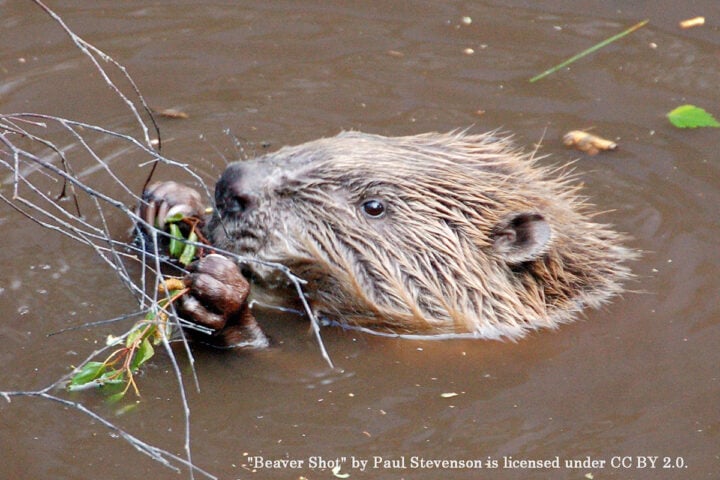Climate problems may seem overwhelming, but people all around this great nation are taking action. This week’s column looks at ARKANSAS and the question is: Can Arkansas restore its bottomlands hardwood forests, famous for duck hunting?
The predominant feature in the eastern part of Arkansas is the Delta region, formed by large rivers that flow into the Mississippi River and spread to create Arkansas’s Alluvial Plain. This highly productive agricultural region, 100-300 feet above sea level, is naturally prone to seasonal flooding. 12,000 years of silt deposits make conditions perfect for rice and row crops.
The Delta, as it is known, is also a haven for waterfowl species which stop along migratory routes at the flooded bottomlands. Woodlands offer protection and wetlands provide food; together they are a natural engine (through leaf litter decomposition) for a food web that sustains diverse species. Natural flooding normally occurs in fall and winter when trees are dormant. Hunting and outdoor recreation are an integral part of the regional culture; their expansion significantly boosts local economies.
Since the early 1900s, landowners have practiced deliberate flooding for rice growing, thus enhancing the very features that attract waterfowl. What was less well understood was the cumulative toll of scheduled flooding practices – both for agricultural and sport – until it led to a dramatic decline in forest health: The red oak bottomlands forests have dwindled by more than 80%, from 20-25 million acres in the 20th century down to 3-5 million acres at its lowest in recent years.
Climate-driven changes are adding to these pressures. Arkansas now faces more intense rain events, longer drought periods and warmer winters, all of which negatively impact forest resiliency. Trees have shorter and/or different periods of dormancy as temperatures rise. Forest management plans, where they exist, aren’t unified. Increased development in the wildland-urban interface makes for an unsustainable pattern of habitat loss.
Instead of letting natural rhythms govern the ebb and flow of floodwaters, the red oak forests are deliberately flooded on a calendar schedule for users’ convenience. Instead of letting waters flow through the forests when trees are dormant, hard infrastructure traps and holds water. Forests are overwhelmed by stagnant water.
A major effort is underway to fully understand what led to this situation, how wetlands can be restored, and what current practices must change to conserve the bottomlands forests for future users. So far, Arkansas Game and Fish Commission has regenerated 300,000 acres – a big number but only 1.5% toward the goal.
The hunting and conservation group Ducks Unlimited is a powerful national advocate for both hunting and waterfowl protection. Their podcast and short series on Arkansas hunting is this week’s featured listening.
Series: Arkansas’s Greentree Reservoirs (Nov. 2021)
Ep. 315 – Pt. 1: Rise to Prominence and Modern Troubles [46 mins]
Ep. 316 – Pt. 2: A New Era of Management [51 mins]
Ep. 317- Pt. 3: A Conservation Legacy [58 mins]
A few helpful acronyms and placenames:
GTR – Green Timber Reservoir – refers to the red oak forests that flood in Fall and Winter when trees are dormant
WMA – Water Management Area – GTR sectors under state control
Bayou Meto (sounds like ‘Biomeda,’) and Hurricane Lake (sounds like ‘Hurrican’)
If history is your thing, try Part 1 (Episode 315), which captures the magic of the place and the difficulty of watching its slow-motion decline.
Part 2 is about the natural ecosystems of the Alluvial Plain and the difficulties of managing resources to more closely mimic nature
For a model of what it takes to make changes in the face of engrained expectations and long-standing traditions, I encourage you to listen to Part 3, the interview with Commissioner Austin Booth, Arkansas native, U.S. Marine, and the youngest to ever lead Arkansas’s Game and Fish Commission. It’s an illuminating study in good leadership and how it is succeeding with conservation challenges.
Let me know if you have a podcast to recommend, or have a comment about my column or have trouble finding a particular podcast I’ve mentioned. Happy listening!
[email protected]
Note: This column, part of a series looking at examples of positive climate action, state-by-state, first appeared in the Forest Press 05-25-2022. If you are interested in this state’s topic, check online for updated news, as a lot may have changed in a year.































